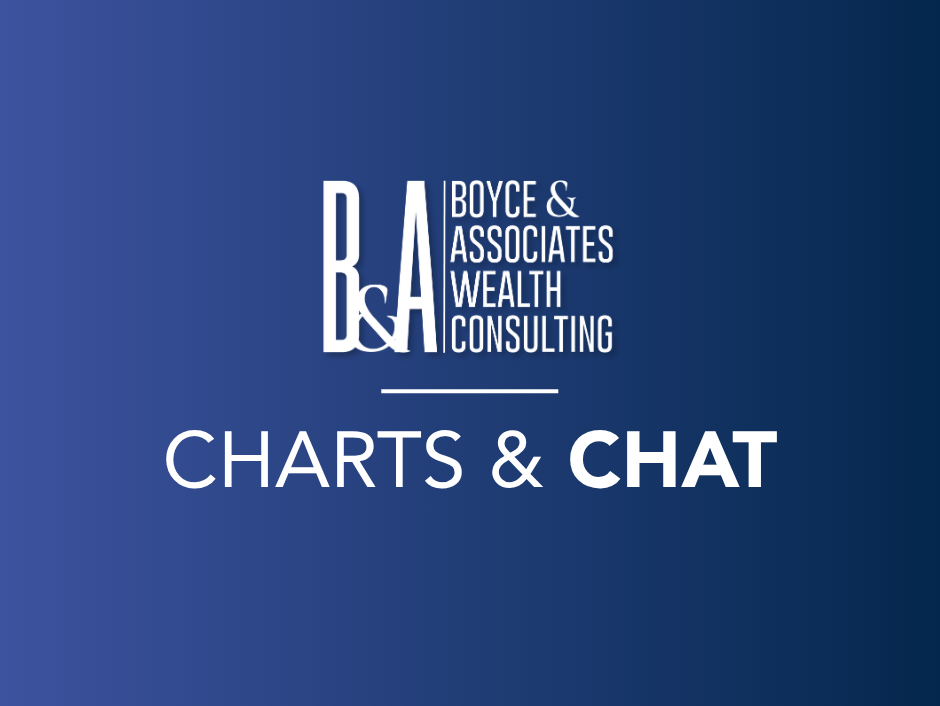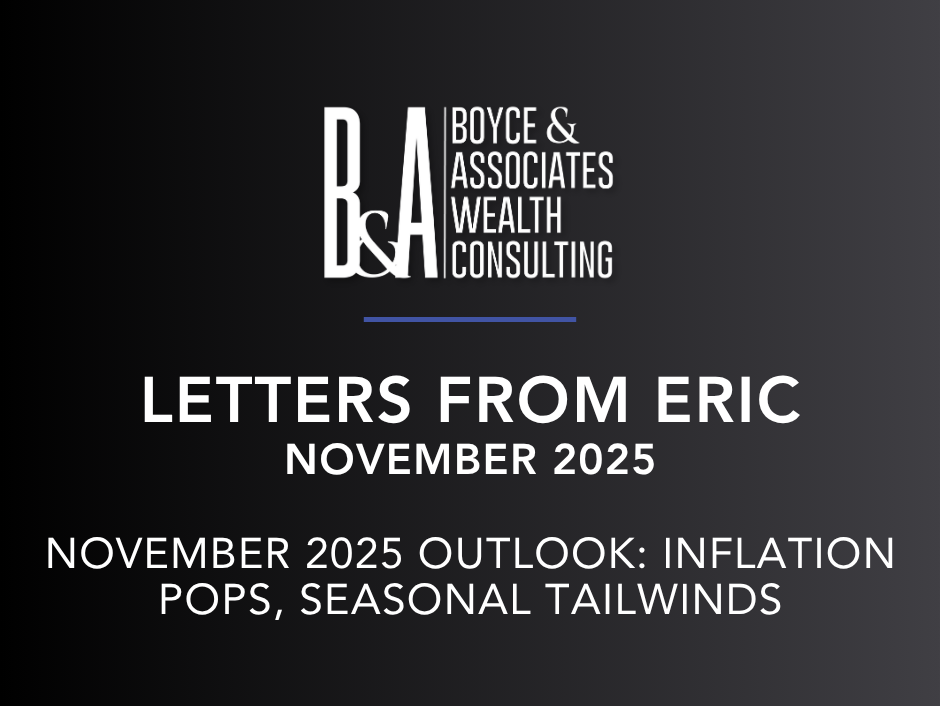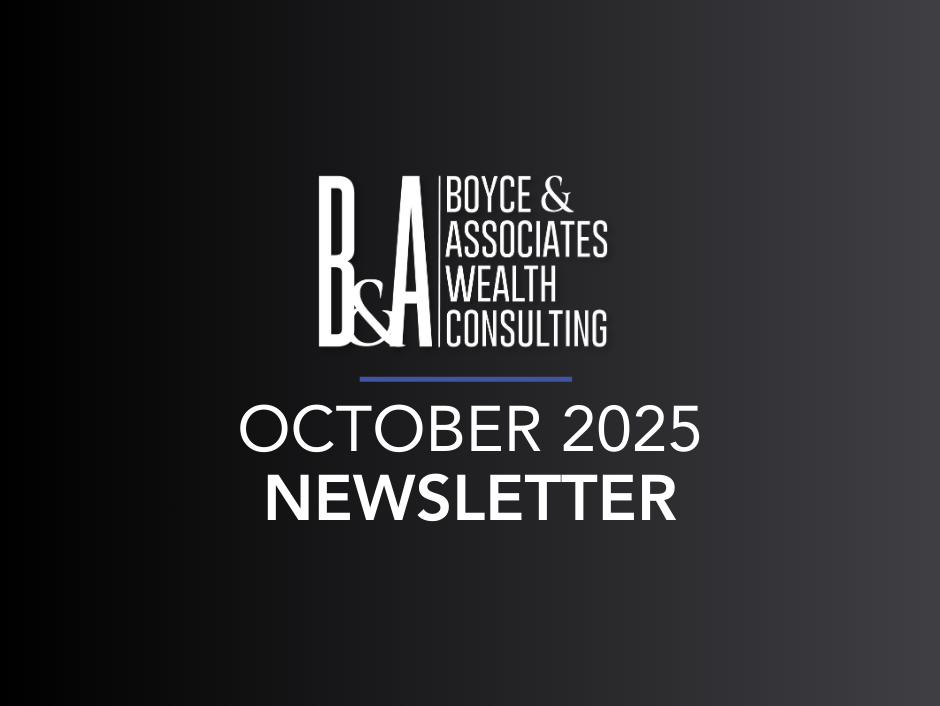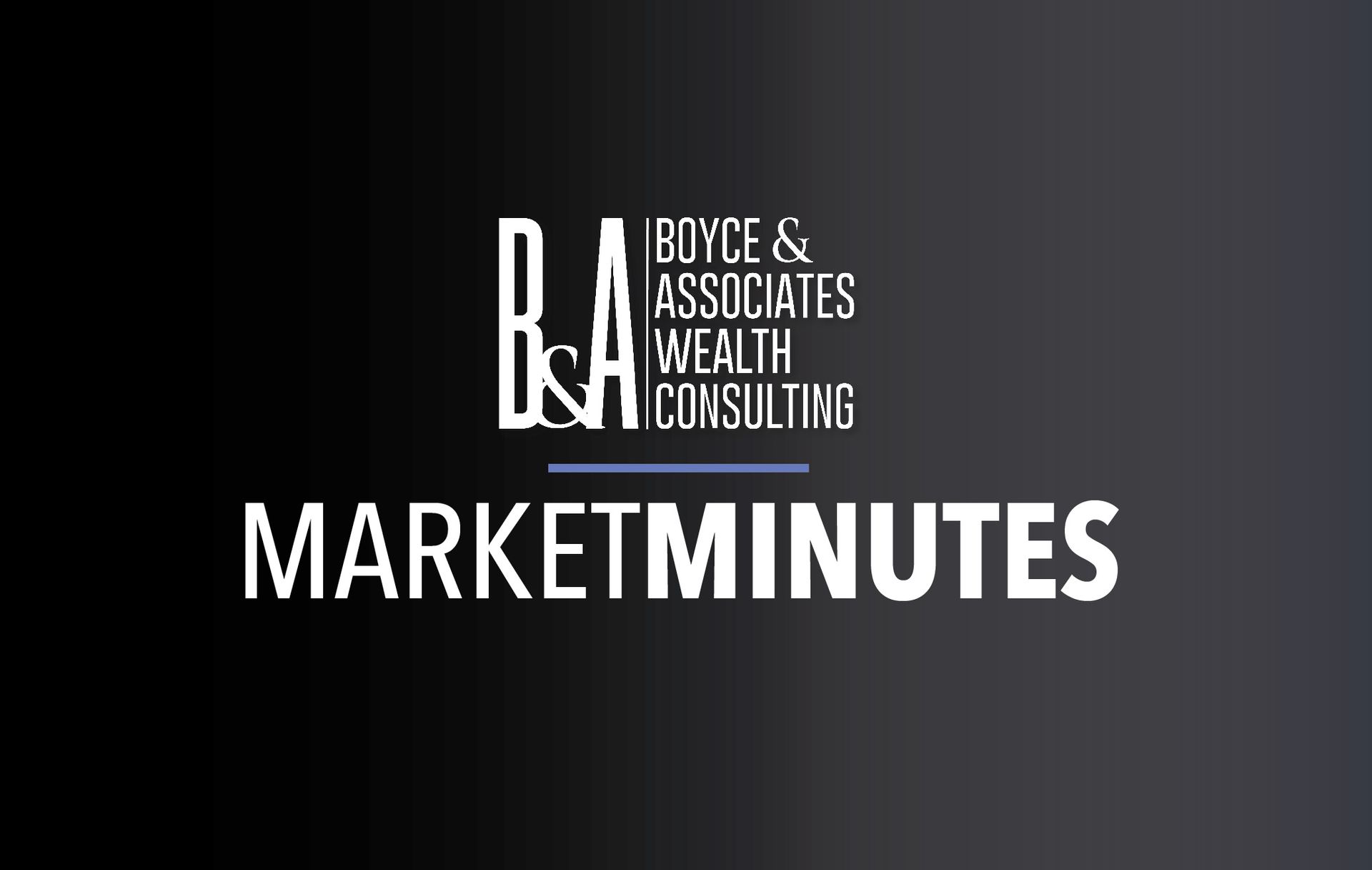Is $2 Million Enough To Retire On In Texas?
Retiring with $2 million is a milestone many Americans dream of reaching, but what that money actually provides depends heavily on where you live and the lifestyle you envision. In Texas, where the cost of living can vary significantly by region, $2 million can open up a range of retirement possibilities, from modest and stress-free to comfortably upscale.
The cost of housing alone can make a significant difference in how far your nest egg stretches, whether you're pursuing upscale city living in Austin or a more relaxed, budget-friendly lifestyle in places like Amarillo.
To illustrate this variation, here’s how median home prices and lifestyle considerations differ across several Texas cities:
| City | Median Home Price (June 2025) | Lifestyle Considerations |
|---|---|---|
| Austin | ~$550,000+ | Tech hub, higher cost of living, vibrant amenities |
| Dallas | ~$420,000 | Mix of urban and suburban living, property taxes can be high |
| San Antonio | ~$320,000 | More affordable housing, large military retiree population |
| Houston | ~$350,000 | Medical hub, cost-effective housing in suburbs |
| Amarillo | ~$220,000 | Very low cost of living, ideal for modest retirement |
Source: Redfin Texas Housing Market
Understanding Sustainable Income from a $2 Million Portfolio
One of the most common questions for high-net-worth retirees is not simply “Do I have enough?” but “How do I turn this into income I can live on?” That’s where retirement income planning begins. A lump sum, even a large one like $2 million is not inherently useful unless it’s translated into sustainable, dependable income.
The 4% Rule as a Planning Baseline
The 4% rule is a widely used retirement planning guideline that helps estimate how much income your investment portfolio can reasonably generate each year, without running out of money over a typical 30-year retirement.
The rule suggests that you can safely withdraw 4% of your total retirement savings in your first year of retirement, then adjust that amount for inflation in each subsequent year.
This rule is based on historical investment performance, assuming a diversified portfolio (typically 60% stocks and 40% bonds), and is designed to balance longevity risk with market variability.
Here’s the basic formula:
- Annual Income = Total Retirement Savings × 4%
So, for a $2 million portfolio:
- $2,000,000 × 0.04 = $80,000/year
That means in your first year of retirement, you could withdraw $80,000, and then increase that amount annually to keep pace with inflation.
Example:
Let’s say you and your spouse retire at age 65 with $2 million in total savings. You follow the 4% rule and begin by withdrawing $80,000 in the first year.
If inflation is 3% the next year, you’d withdraw:
- $80,000 × 1.03 = $82,400
The third year:
- $82,400 × 1.03 = $84,872
Adjusting for More Conservative Scenarios
Recent research from Morningstar suggests the traditional 4% rule may be too aggressive for today’s retirees. Instead, they recommend a 3.7% withdrawal rate to reduce the risk of running out of money.
Here’s the math:
- $2,000,000 × 0.037 = $74,000/year
That’s about $6,167 per month in income.
While this is slightly less than the $80,000 generated by the 4% rule, this more conservative approach may help support greater retirement confidence for those planning to draw income over several decades.
Cost of Living in Texas as a Retiree
Texas is often praised as a retirement-friendly state, and for good reason. Its combination of no state income tax, relatively low housing costs (outside a few metros), and a wide range of lifestyle options makes it appealing for retirees from across the country. But affordability can still vary significantly depending on where in Texas you choose to live.
Let’s break down the core elements of the cost of living for a retired couple.
Housing: The Largest Fixed Expense
Housing remains the largest ongoing expense for most retirees. In Texas, this cost varies dramatically by region.
- Austin (urban): Median home price is ~$550,000, among the highest in the state
- Dallas-Fort Worth metro: Median home prices average around $420,000
- San Antonio and Houston: Around $320,000–$350,000, offering more affordable urban living
- Amarillo or Tyler (rural/small-town): Homes can still be found for under $250,000
For retirees with a paid-off mortgage, monthly housing costs may be limited to property taxes,
insurance, and maintenance. However, property taxes in Texas can be higher than national averages (1.6%–2.0% of home value), though 65+ homeowners may qualify for homestead exemptions and tax ceilings.
| Housing Option | Estimated Monthly Cost |
|---|---|
| Mortgage on $350K home | $2,200–$2,800 |
| Rent (2-bed apartment) | $1,200–$2,500 (metro) |
| Property tax + insurance | $500–$800 |
| Downsizing to condo/rural | $700–$1,500 |
Healthcare: A Rising Concern With Age
Even with Medicare, healthcare is a growing retirement expense, particularly in later decades.
Consider these average monthly costs for a couple aged 65+:
- Medicare Part B premiums: ~$175/month per person
- Medigap or Medicare Advantage plan: $100–$250/month per person
- Out-of-pocket (co-pays, prescriptions, dental, vision): ~$250–$500/month per couple
- Long-term care insurance: Optional, but often $200–$400/month depending on age and health
Long-term care costs (assisted living, memory care, home health aides) are not covered by Medicare and can run $4,000–$8,000/month if needed later.
Everyday Living: Utilities, Food, Transportation, Leisure
Texas’s climate and geography help moderate many everyday expenses, though urban areas tend to cost more.
| Expense Category | Monthly Estimate (Couple) | Things to Consider |
|---|---|---|
| Utilities (electric, water, internet) | $300–$450 | Higher in summer months due to A/C |
| Groceries and dining | $600–$900 | Lower in rural areas, varies by lifestyle |
| Transportation | $400–$700 | Includes gas, insurance, maintenance |
| Entertainment & travel | $300–$800 | Depends on hobbies, vacations, memberships |
A modest lifestyle in a smaller town might require $3,500–$4,500/month, while an urban, travel-heavy lifestyle might exceed $6,000/month.
Tax Advantages for Texas Retirees
One of the most compelling reasons retirees choose Texas is its tax structure:
✅ No state income tax on Social Security, pensions, 401(k)/IRA withdrawals
✅ No taxes on dividends, interest, or capital gains at the state level
✅ Property tax exemptions available for residents 65 and older
✅ No estate or inheritance tax
This means more of your retirement withdrawals stay in your pocket compared to states like California or New York.
Sample Monthly Budget: Retired Couple in Texas
Here’s a simple baseline for a couple with moderate spending, living in a mortgage-free home in a mid-sized Texas town:
| Category | Monthly Cost |
|---|---|
| Housing (taxes, upkeep) | $700 |
| Healthcare (Medicare + gap) | $800 |
| Groceries & dining | $750 |
| Utilities & internet | $350 |
| Transportation (1 car) | $500 |
| Leisure & travel | $600 |
| Miscellaneous | $300 |
| Total | $4,000 |
This budget allows room for some travel, entertainment, and small luxuries, while still remaining well under the $6,667/month income benchmark generated by a 4% withdrawal on $2 million.
How a $2 Million Retirement Actually Plays Out in Texas
A $2 million portfolio can support a very comfortable retirement in Texas, but comfort depends on how you structure your income and where you choose to live. Let’s look at two realistic retiree profiles based on common decisions.
Solo Retiree in Central Texas
- Age: 67
- Location: Temple, TX
- Home: Paid-off house valued at $275,000
- Retirement assets: $2 million in a diversified portfolio
- Income plan: 4% withdrawal rate = $80,000/year
- Social Security: Receives $2,200/month (~$26,400/year)
This retiree lives on a total of $106,400/year (portfolio + Social Security). Monthly expenses include:
- Property taxes and insurance: $500
- Medicare and Medigap premiums: $500
- Groceries and utilities: $900
- Transportation and maintenance: $400
- Travel, dining, and hobbies: $1,200
Total monthly spending: ~$3,500–$4,000
With over $8,800/month in income and $4,000 in expenses, she has more than enough to maintain her lifestyle, cover future medical costs, and preserve capital for later years or legacy planning.
Retired Couple in Dallas Suburbs
- Age: Both 62
- Location: McKinney, TX
- Home: Downsized to $400,000 home with $1,500/month mortgage
- Retirement assets: $2 million
- Withdrawal rate: 3.5% = $70,000/year
- Social Security: Planning to delay until 67 for higher benefits
- Other income: One spouse consults part-time, earning $18,000/year
Their combined income at age 62 is $88,000/year. Monthly expenses include:
- Mortgage + property taxes + insurance: $2,000
- Health insurance (pre-Medicare): $1,200
- Groceries and utilities: $1,000
- Transportation: $500
- Travel and entertainment: $800
Total monthly spending: ~$5,500
They are living within their means while preserving future Social Security income. When benefits kick in (expected at ~$3,500/month total), they can reduce withdrawals, giving their portfolio a longer lifespan.
Lifestyle Choices, Financial Risks, and the Trade-Offs That Shape Retirement
Retiring with $2 million provides a strong foundation, but how far that money goes will depend on the lifestyle you choose and the risks you're willing to take. This is about making decisions that align with your priorities, health, and personal goals.
Lifestyle Expectations: Modest, Comfortable, or Expansive
The lifestyle you envision will be the biggest driver of how long your money lasts. Are you planning on frequent travel, seasonal homes, or funding education for grandchildren? Or are you more focused on staying local, enjoying hobbies, and living simply?
In Texas, a $2 million portfolio can support a wide range of lifestyles. For example:
- Modest living in a smaller town might require just $4,000/month
- Comfortable living in a mid-sized city with some travel and dining might cost $6,000–$7,000/month
- Expansive living in a metro like Austin, with luxury spending and frequent international travel, can exceed $10,000/month
Aligning your expectations with your income plan early is one of the most important steps to staying financially secure.
Risk Tolerance: Staying Invested vs. Playing It Too Safe
One of the most common trade-offs retirees face is how much investment risk to take on. If you shift too conservatively (e.g., all bonds or cash), you may avoid short-term losses, but lose long-term growth, especially with inflation.
Many advisors recommend maintaining 40–60% of your portfolio in stocks throughout retirement, depending on your age, health, and withdrawal strategy. Staying invested helps your money continue working for you.
Key point: De-risking too early, before you need to, can quietly erode your portfolio over time. A balanced, diversified portfolio with regular rebalancing is usually more effective than reacting emotionally to market swings.
Healthcare Planning: Beyond Medicare Basics
Even with Medicare, healthcare can be one of your biggest retirement expenses, and one of the most overlooked.
- Medicare Part B covers basic doctor visits and outpatient care
- Medigap or Medicare Advantage helps fill the gaps but comes with added premiums
- Prescription drugs, dental, hearing, and vision often require separate plans
- Long-term care, such as in-home assistance or memory care is not covered by Medicare
If you want to protect your $2 million portfolio from the high costs of assisted living or nursing care (which can exceed $80,000/year), consider:
- Long-term care insurance, especially if you’re in your 50s or early 60s
- Setting aside a dedicated health reserve within your investment plan
- Using a Health Savings Account (HSA) if you’re still eligible pre-retirement
Texas Tax Benefits: A Built-In Advantage
Texas retirees benefit from one of the most favorable tax environments in the country:
✅ No state income tax on Social Security, pensions, or IRA withdrawals
✅ No capital gains or dividend taxes at the state level
✅ Homestead exemption reduces property taxes
✅ Seniors (65+) can apply for a property tax freeze, locking in school tax rates
For retirees drawing income from investments, this can mean keeping more of what you withdraw, especially compared to states like California, Illinois, or New York.
Where You Live Matters: Aging in Place vs. Downsizing
As retirement progresses, your housing choices will affect both your lifestyle and your budget. Many retirees start with plans to “age in place,” but later realize their home is too large, expensive to maintain, or physically inconvenient.
Options to consider:
- Downsizing to a smaller home or condo can reduce expenses and free up equity
- Relocating to a lower-cost area within Texas can improve quality of life and extend savings
- Independent or continuing care retirement communities (CCRCs) offer social engagement and access to future care, but come with entry fees and monthly costs
- In-home care and home retrofitting can help you stay in place longer, but often require planning and budget allocation
Retiring at 60 with $2 Million: Is It Enough in Texas?
If you're considering retiring at 60 with a $2 million portfolio in Texas, the answer is clear: Yes, it can absolutely be enough. But it depends on how you live, how you plan, and how well you prepare.
Retiring at 60 means you may be planning for 30 to 35 years of income. That makes your spending decisions, healthcare planning, and investment strategy more important than ever. A $2 million nest egg may fully support your goals if your annual spending stays around $80,000 to $90,000 and you are intentional about managing taxes and medical expenses. If your lifestyle calls for $120,000 a year, frequent luxury travel, or higher health costs, then adjustments like part-time income or delaying Social Security might be necessary.
The most important step is to visualize your retirement life clearly. Where will you live? What will everyday life cost? What do you want your money to do for you?
Numbers like $2 million are a strong starting point, but they are not the whole story. Your choices, your lifestyle, your health, and your values will ultimately determine how far that number takes you.
At Boyce & Associates Wealth Consulting, we help individuals and couples turn their hard-earned savings into confident, sustainable retirement plans. We bring clarity, flexibility, and real-world insight to every decision.
If you're within five to ten years of retirement and want to know if your $2 million will take you all the way, let’s build your plan together.
Disclaimer
Investment advisory services offered through Boyce & Associates Wealth Consulting, Inc., a registered investment adviser. Boyce & Associates Wealth Consulting, Inc. has Representatives Licensed to sell Life Insurance in TX and other states. Forward looking statements, estimates, and certain information contained herein are based upon proprietary and non-proprietary research and other sources. Information contained herein has been obtained from sources believed to be reliable but are not assured as to accuracy. Past performance is not indicative of future results. There is neither representation nor warranty as to the current accuracy of, nor liability for, decisions based on such information.
Risks: All investments, including stocks, bonds, commodities, alternative investments and real assets involve a risk of loss. All investors are advised to fully understand all risks associated with any kind of investing they choose to do. Hypothetical or simulated performance is not indicative of future results.
Disclosure
This blog contains general information that may not be suitable for everyone. The information contained herein should not be construed as personalized investment advice. There is no guarantee that the views and opinions expressed in this blog will come to pass. Investing in the stock market involves gains and losses and may not be suitable for all investors. Information presented herein is subject to change without notice and should not be considered as a solicitation to buy or sell any security. Boyce & Associates Wealth Consulting does not offer legal or tax advice. Please consult the appropriate professional regarding your individual circumstance. Past performance is no guarantee of future results.
Not associated with or endorsed by the Social Security Administration, Medicare or any other government agency.
